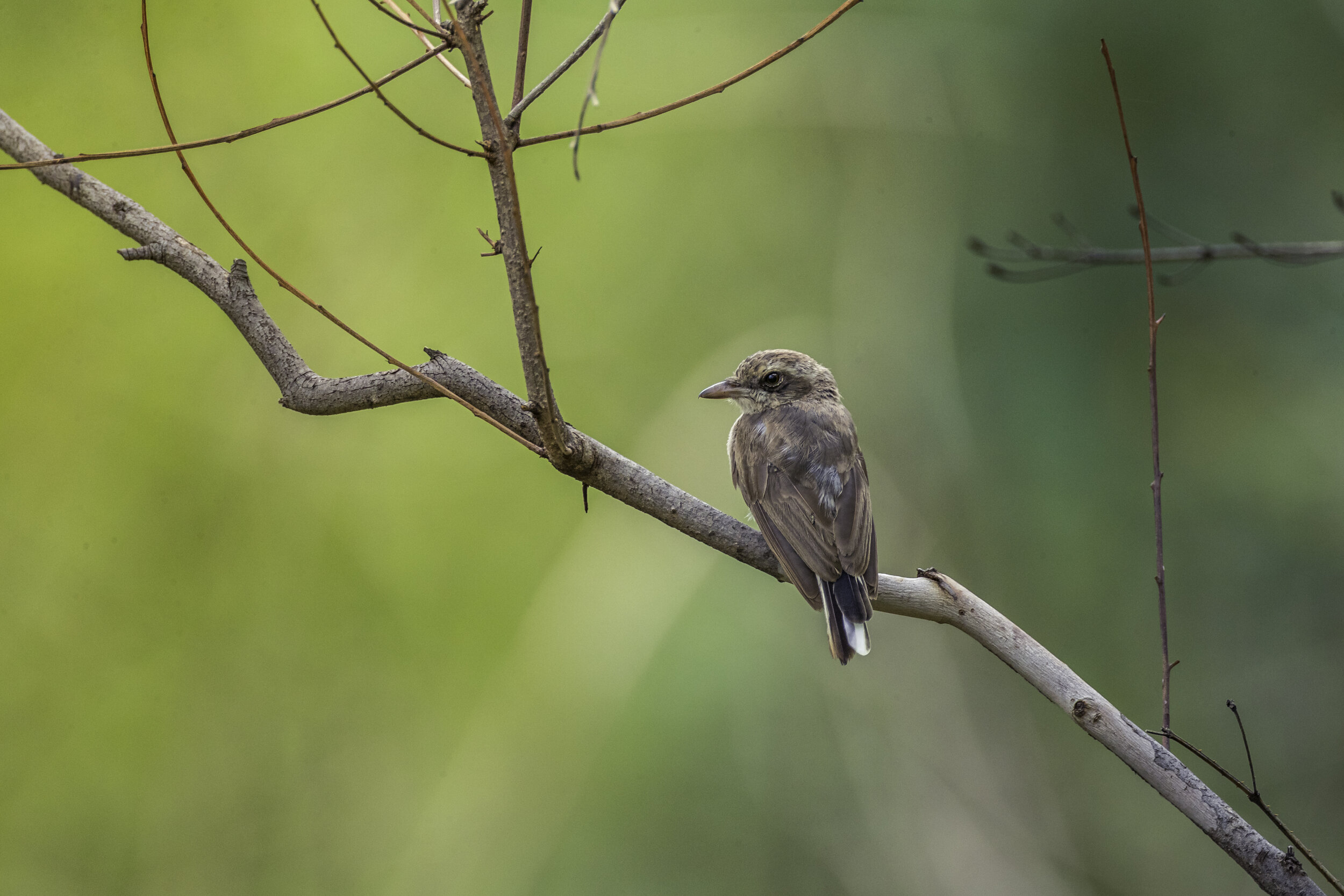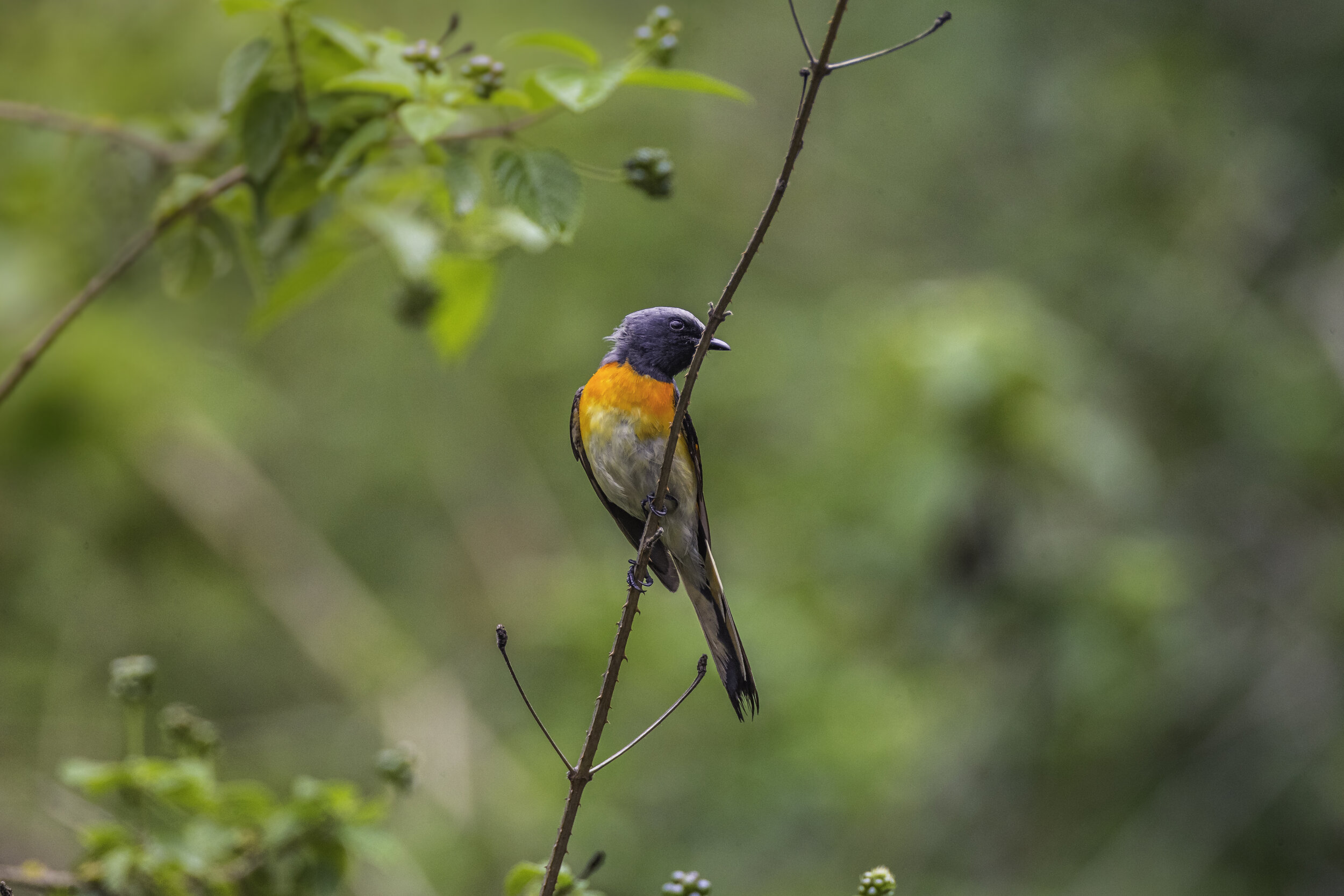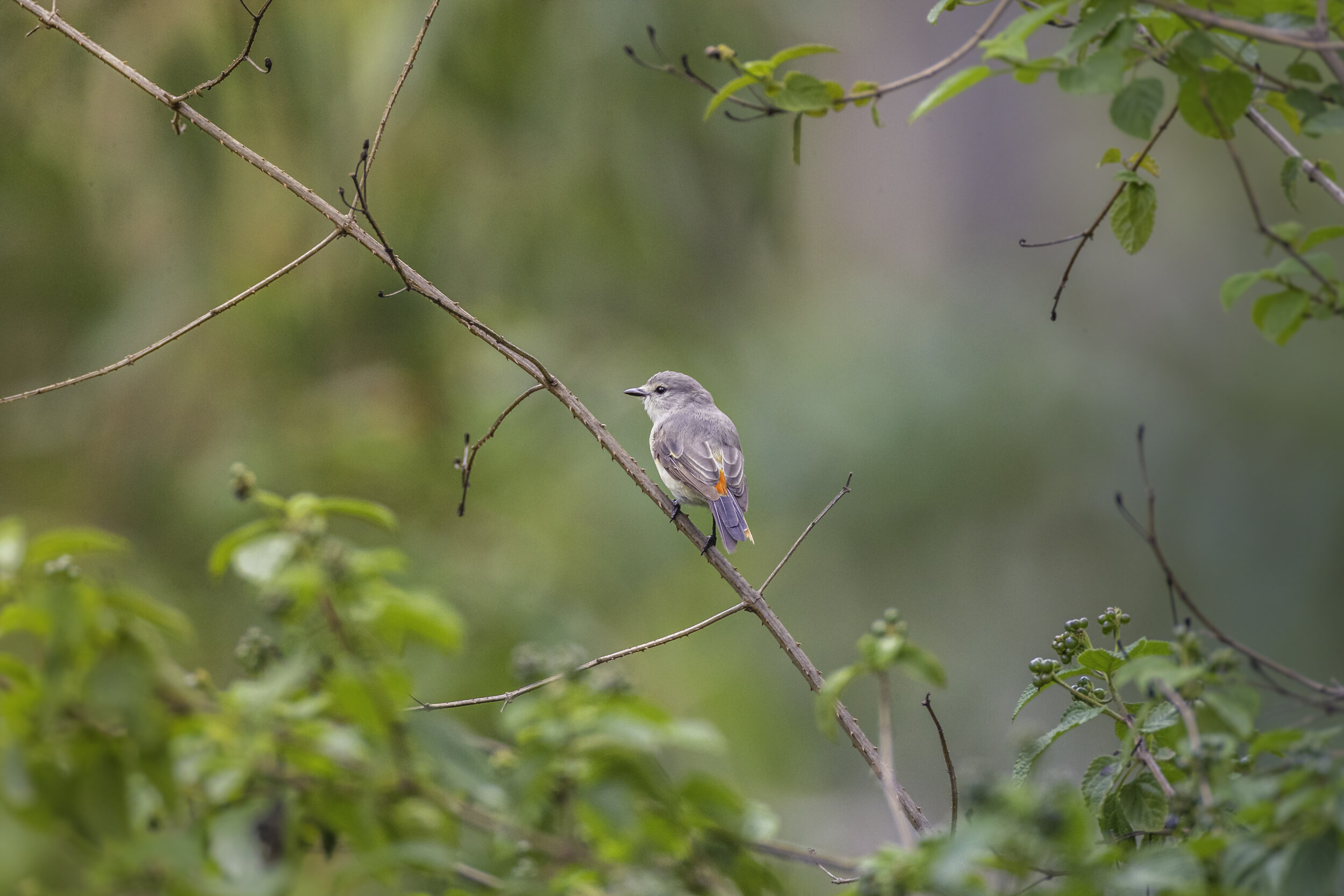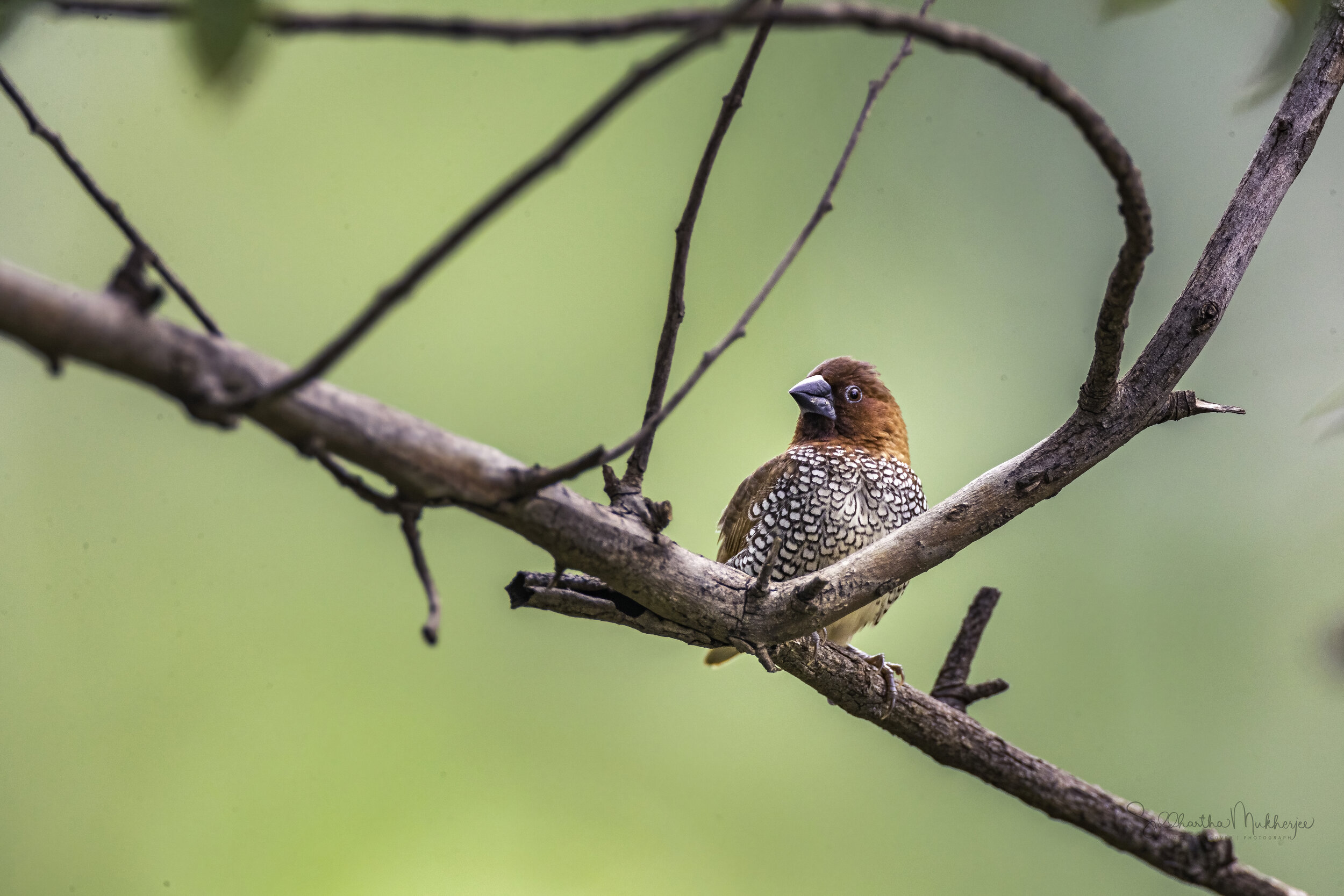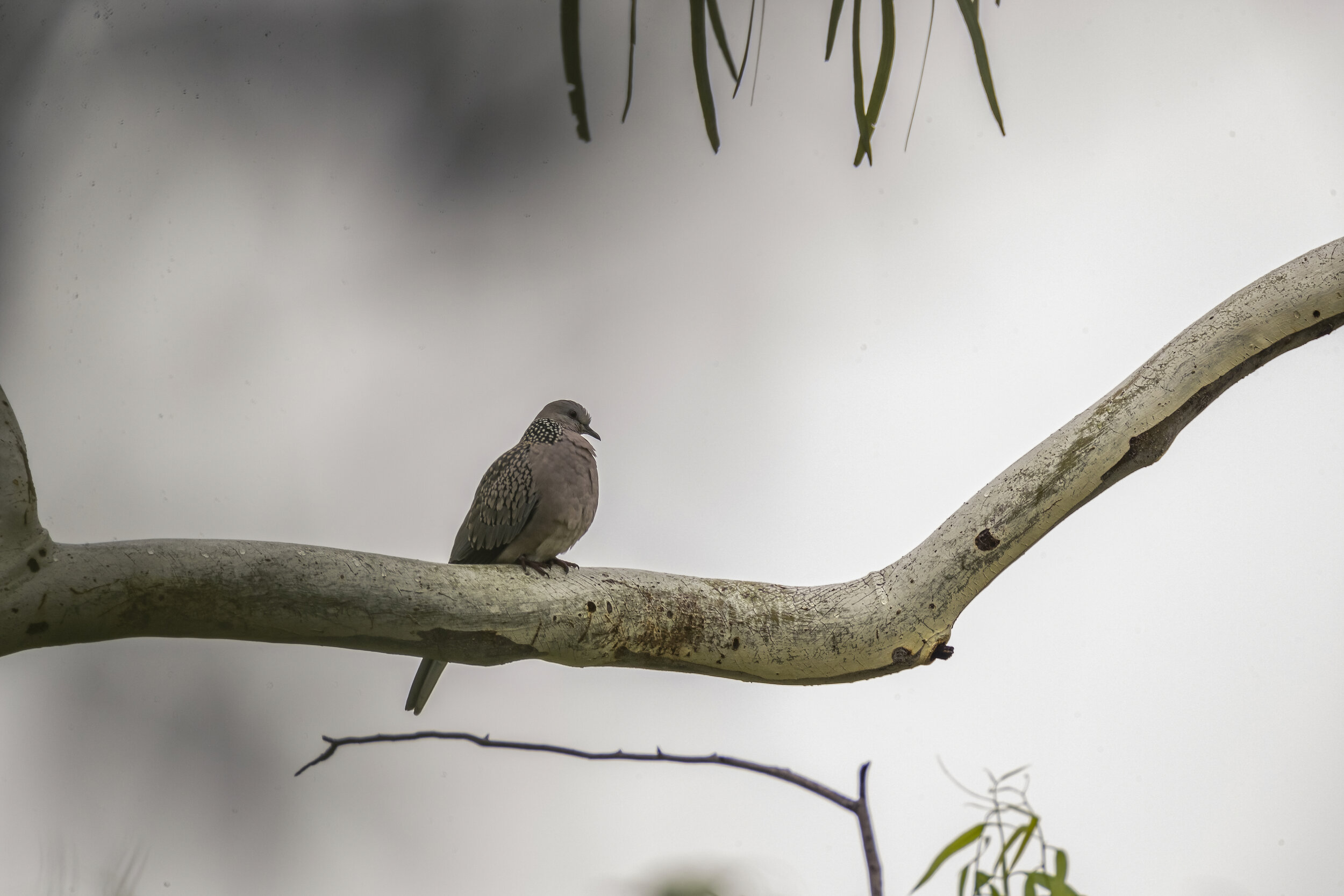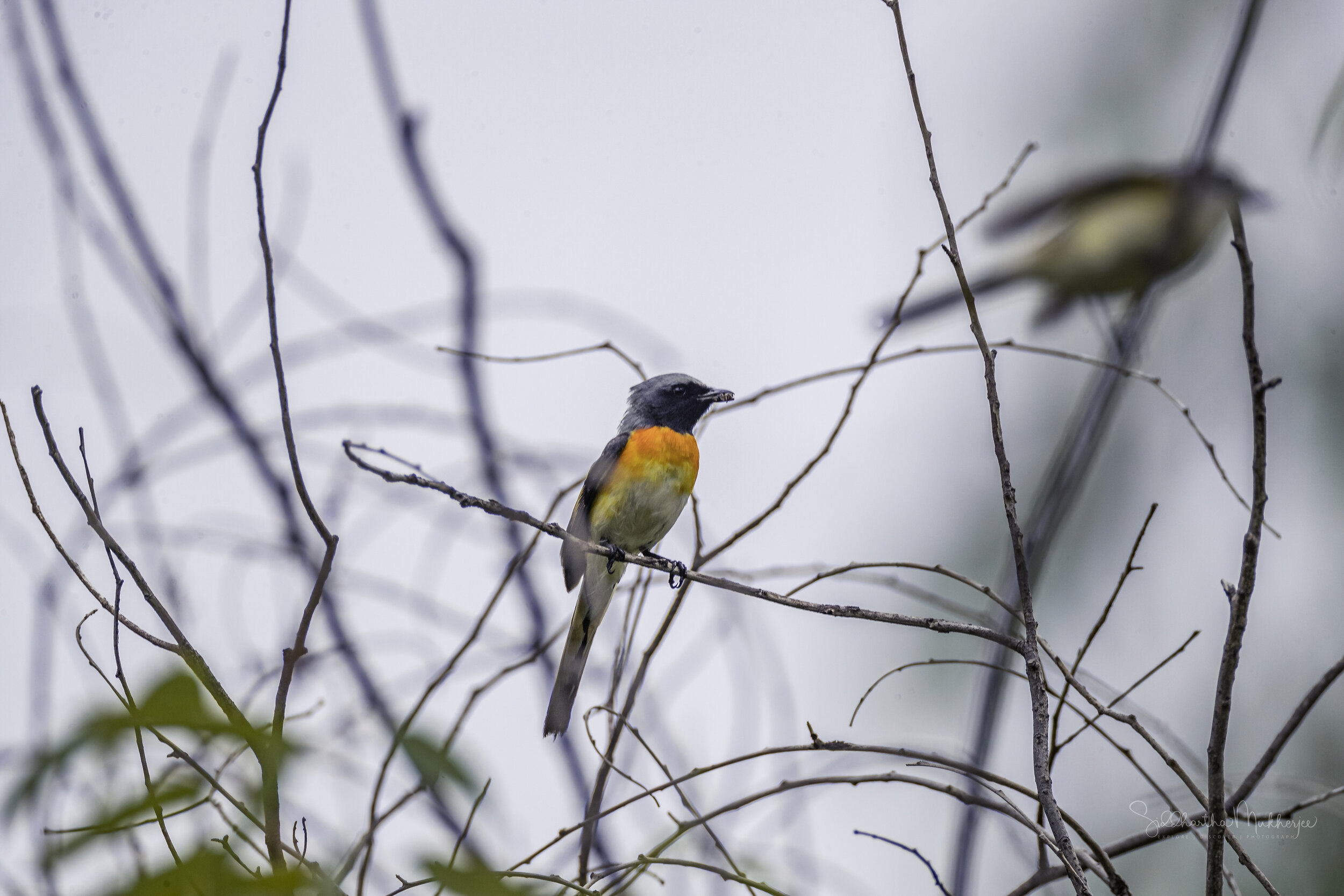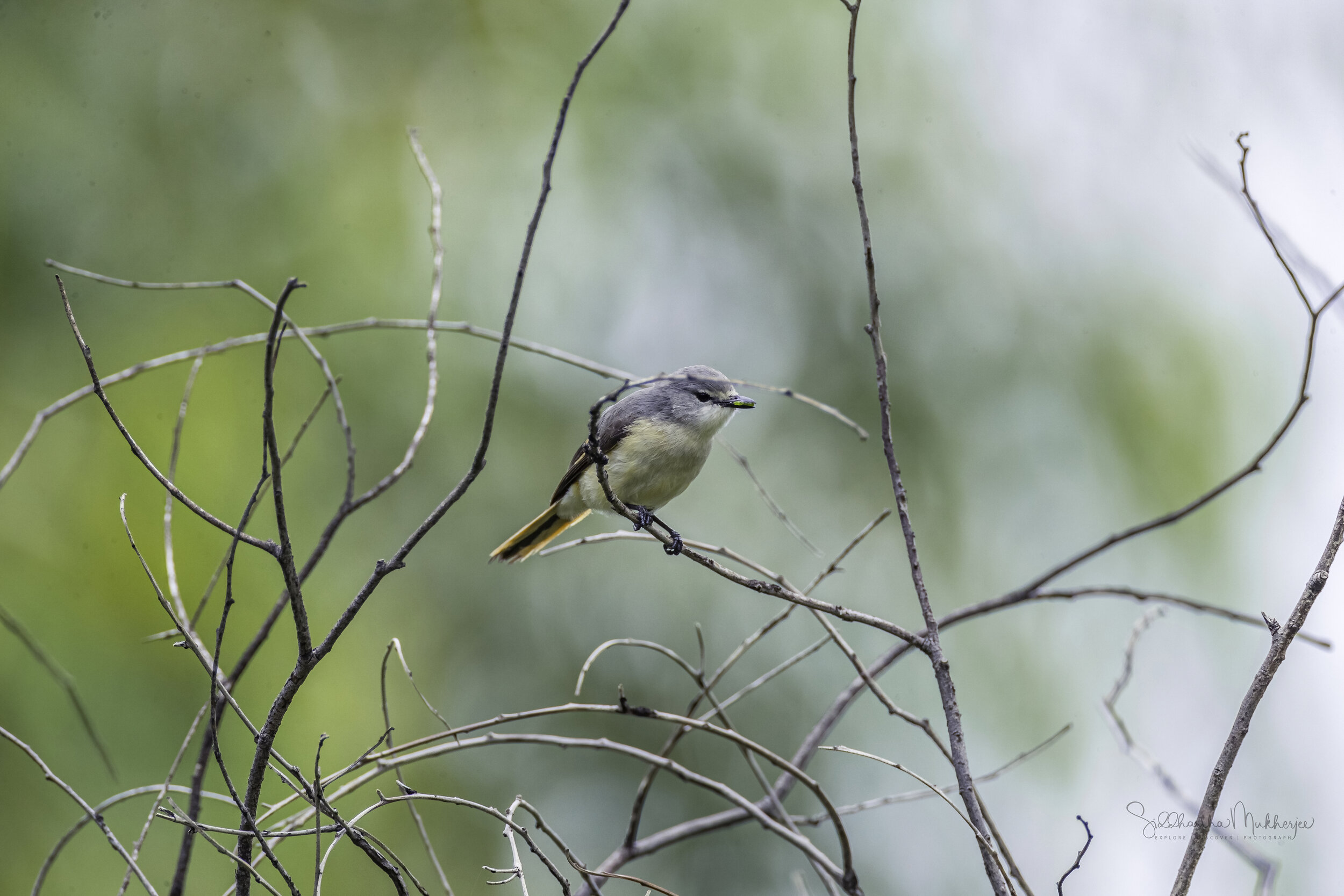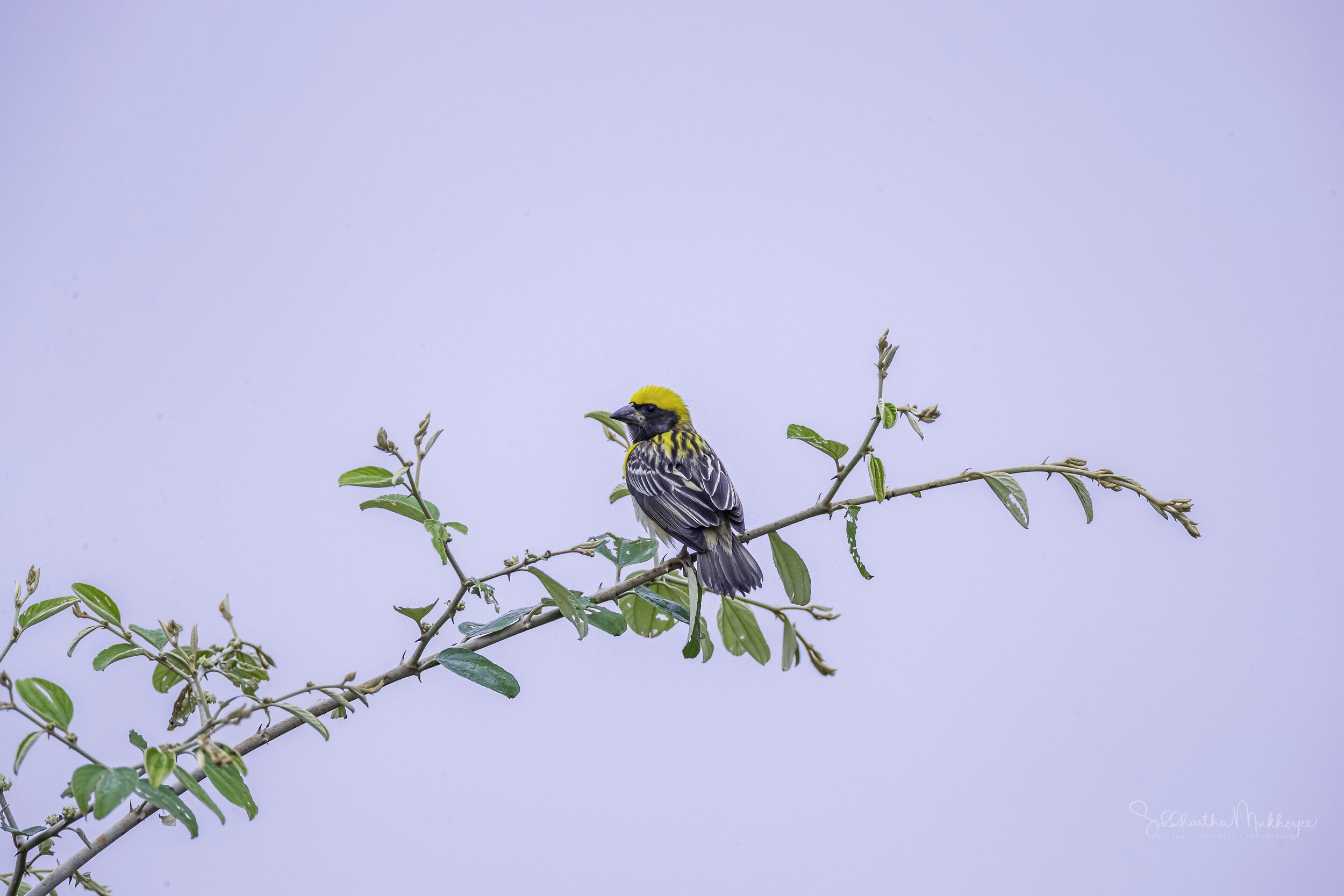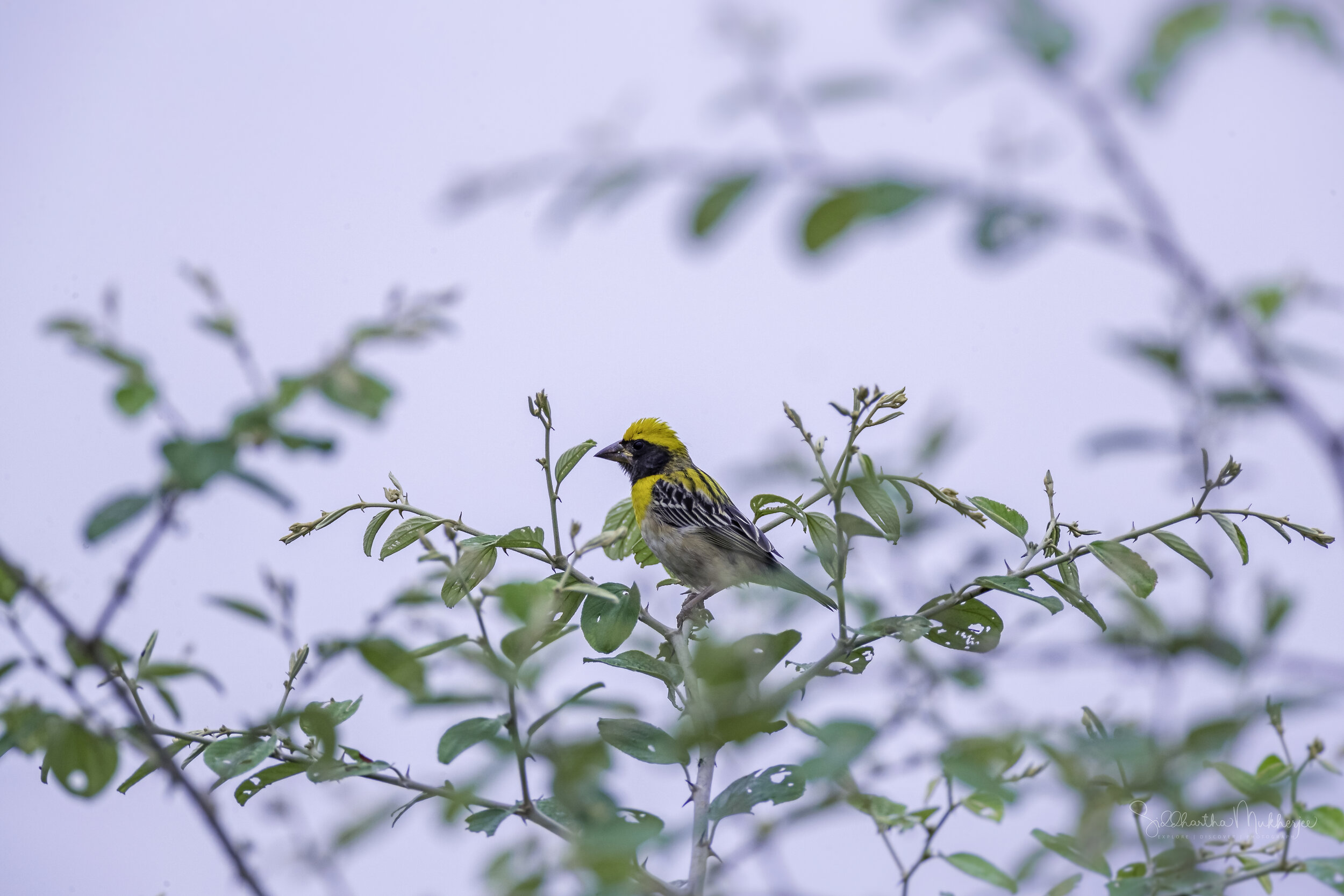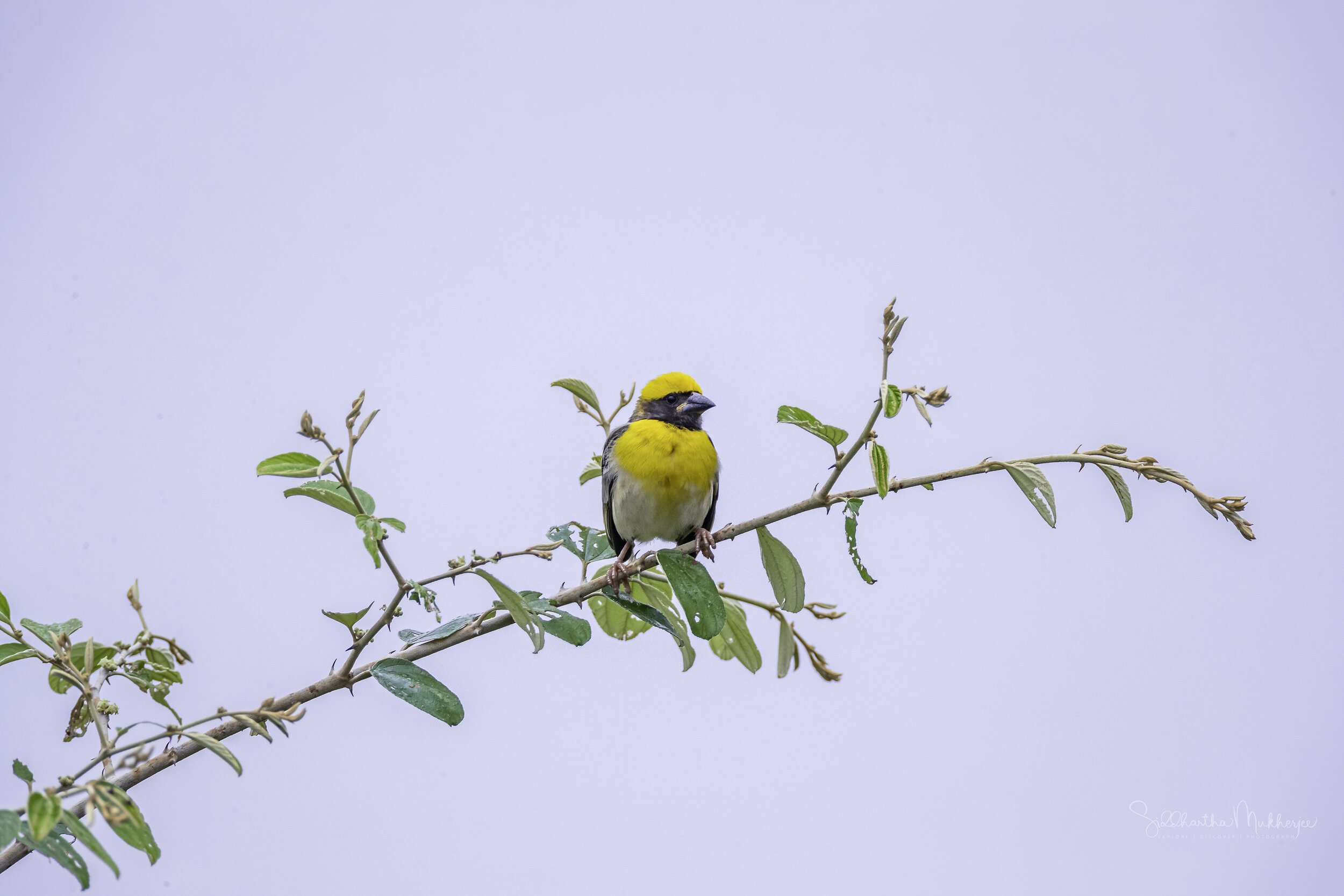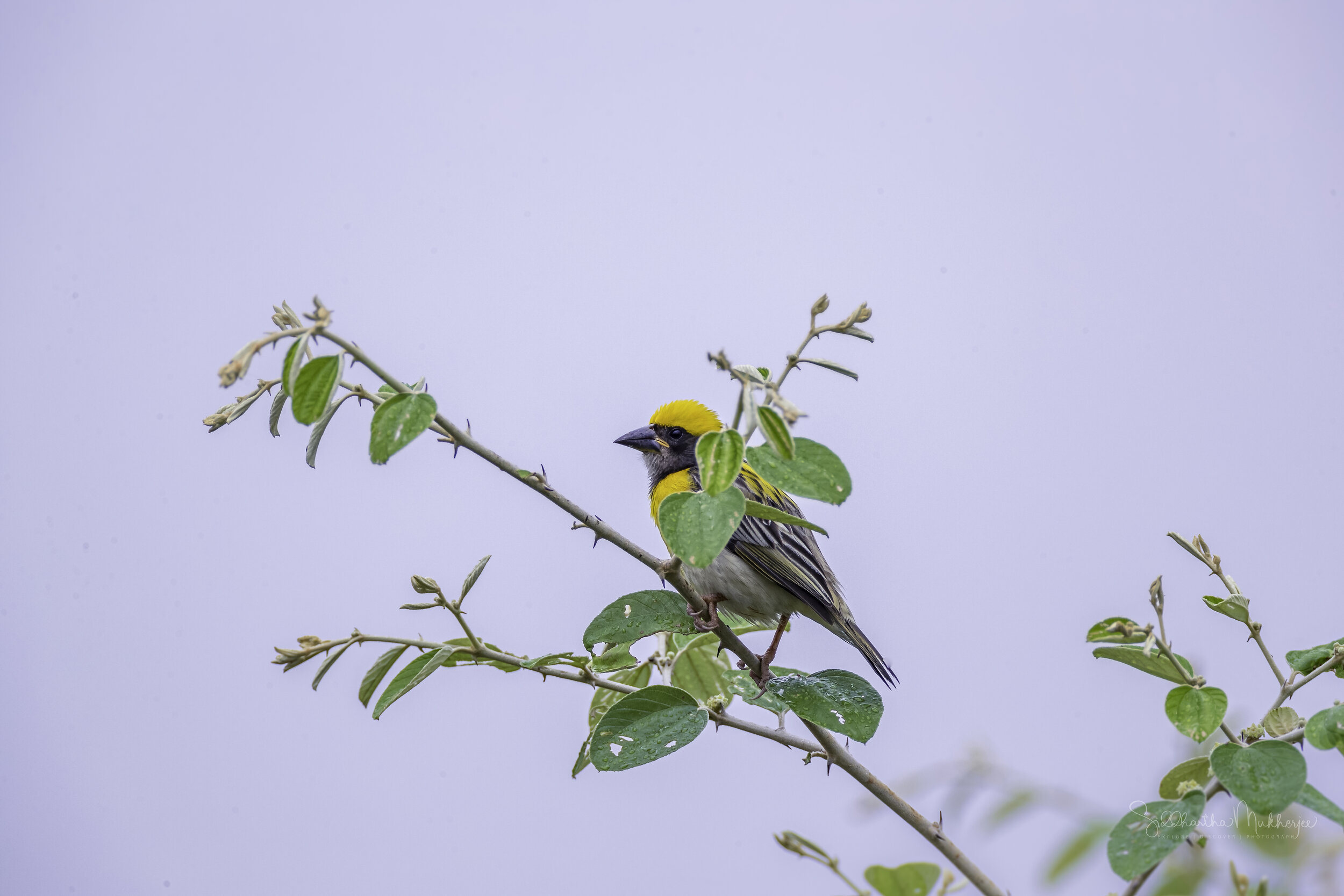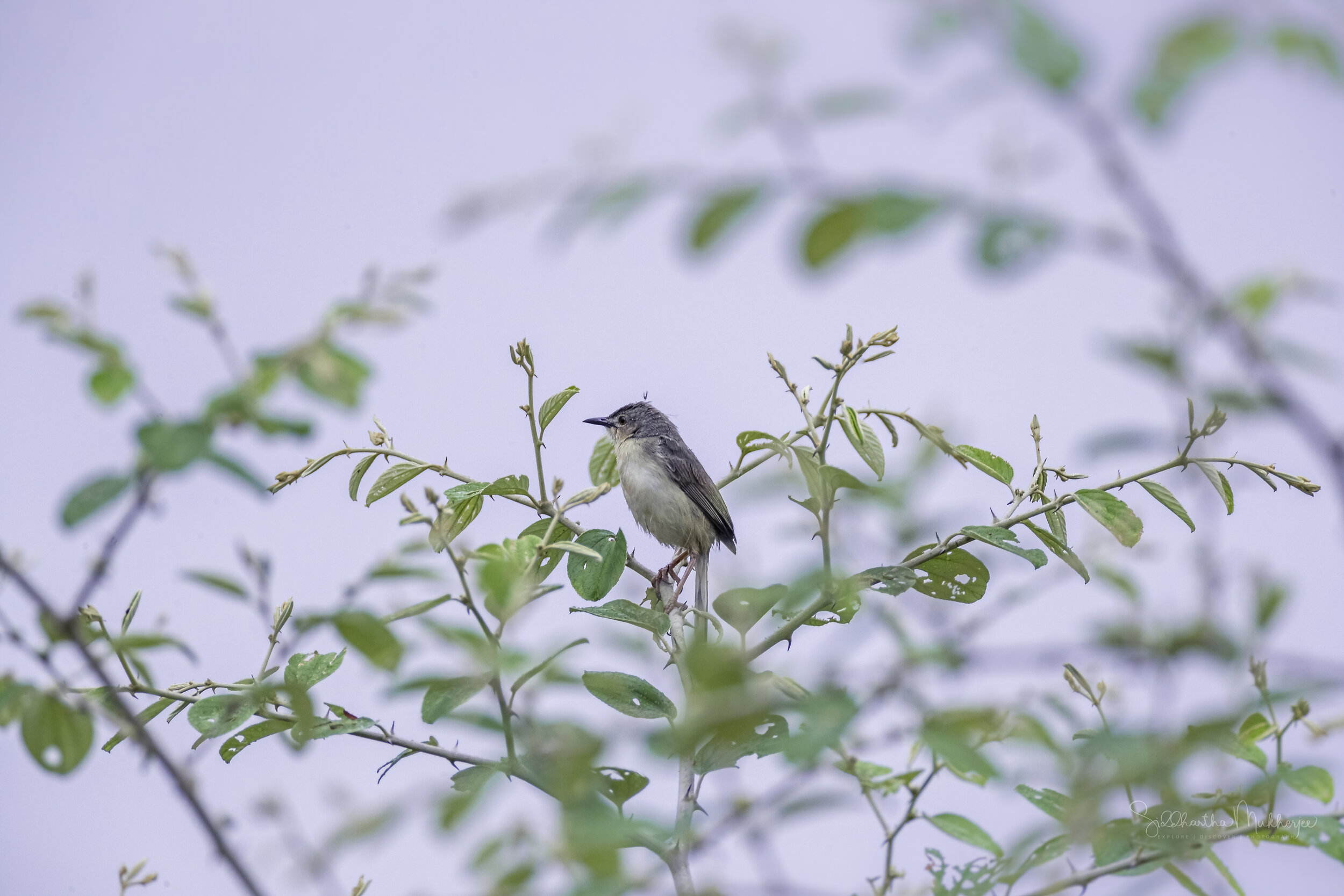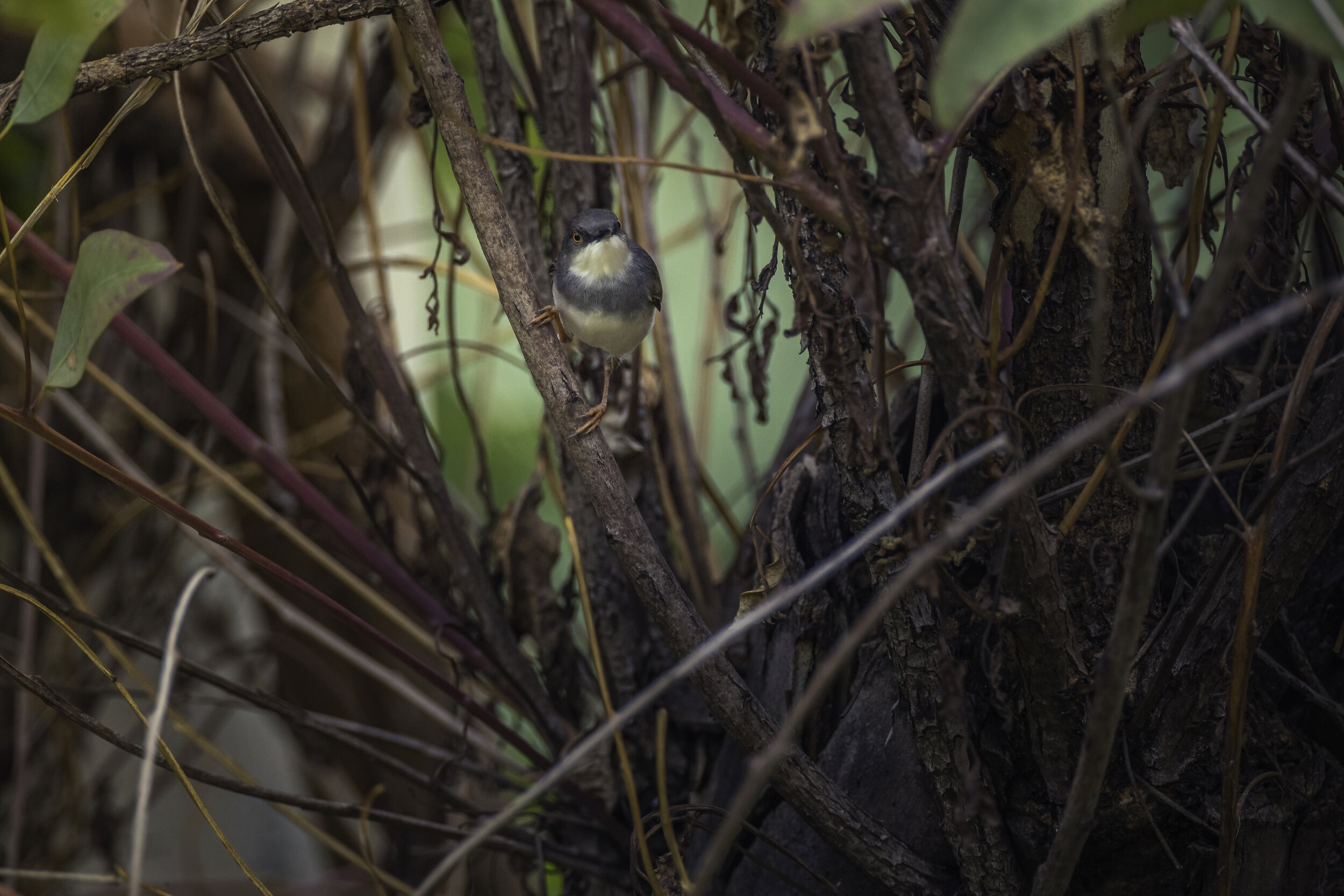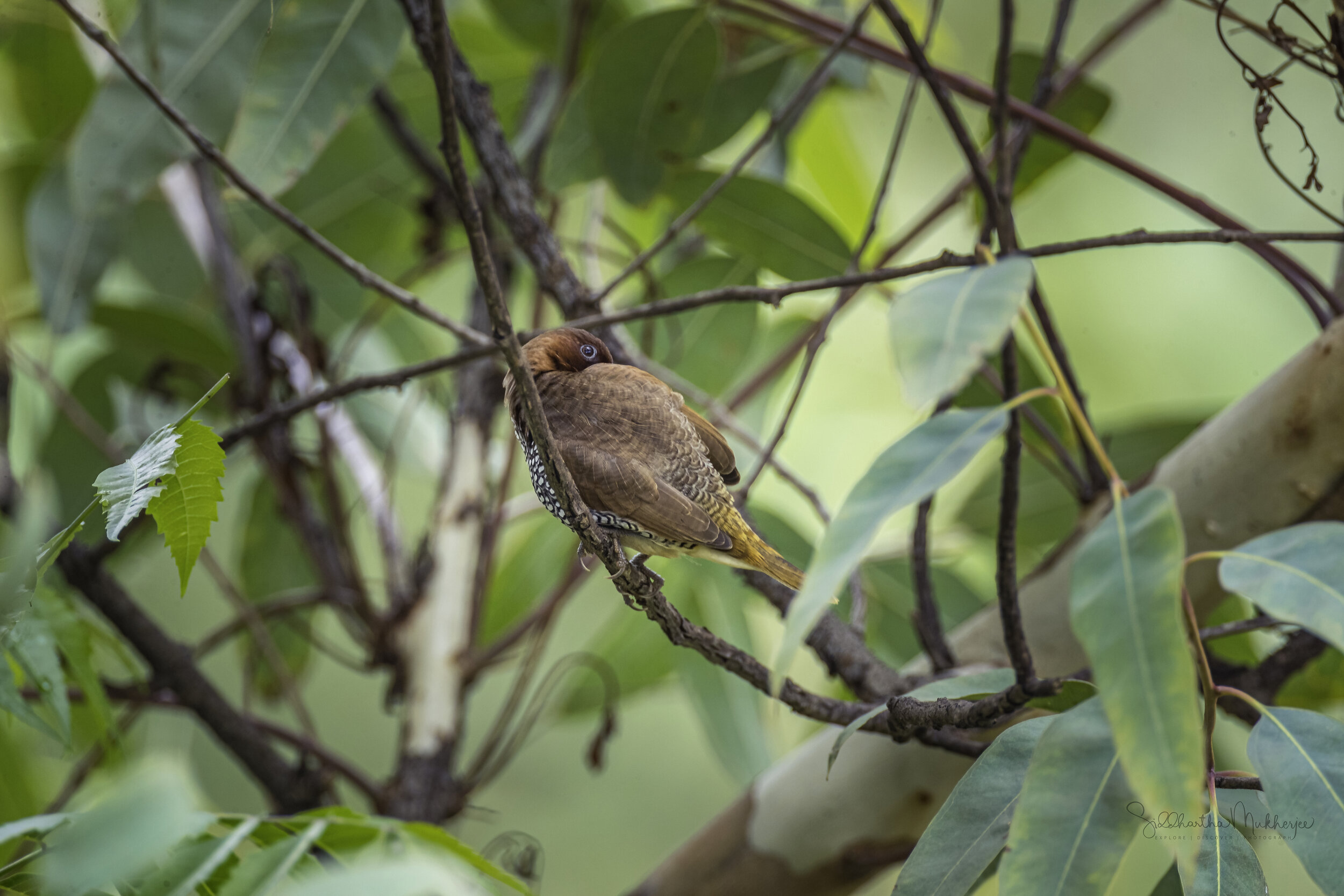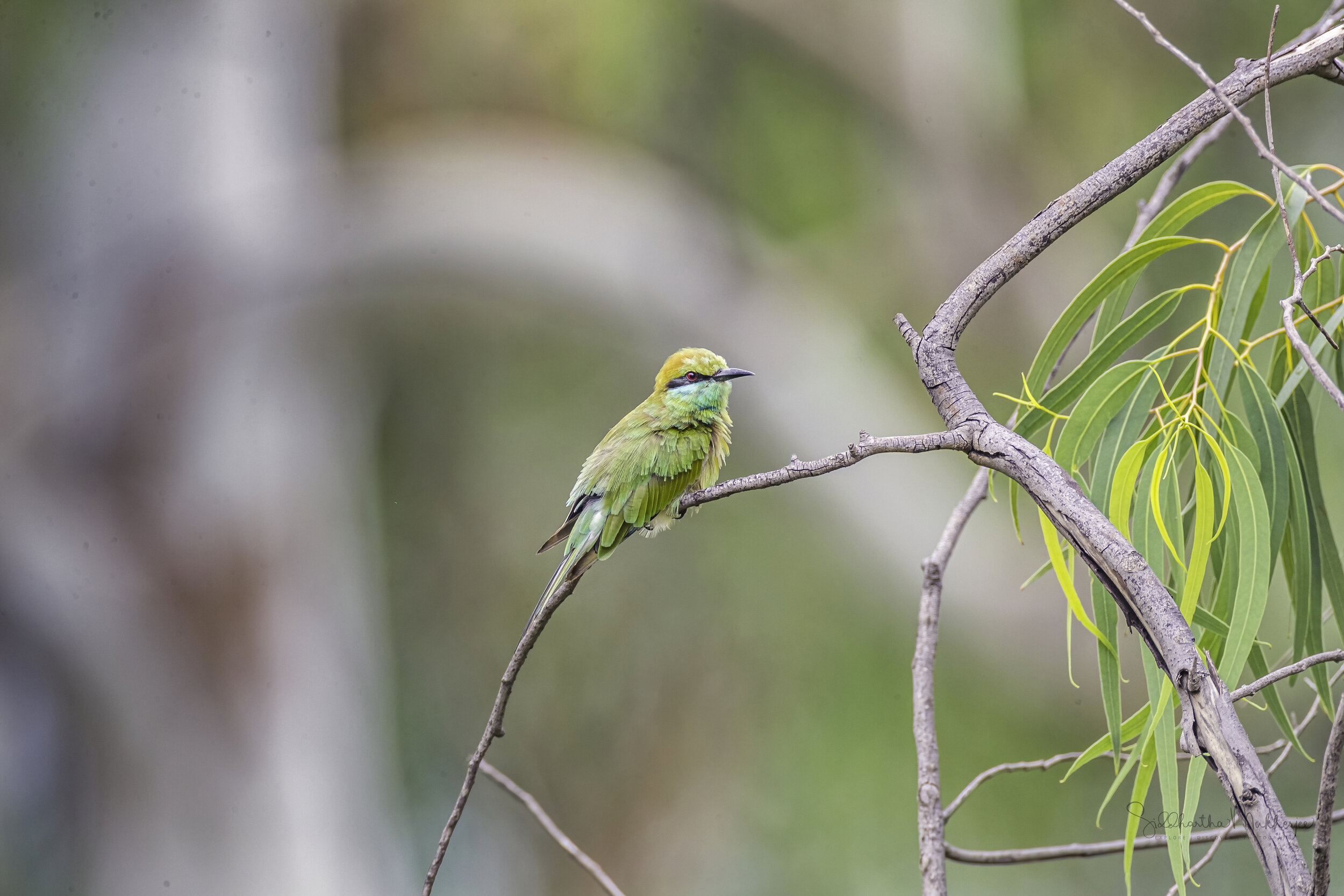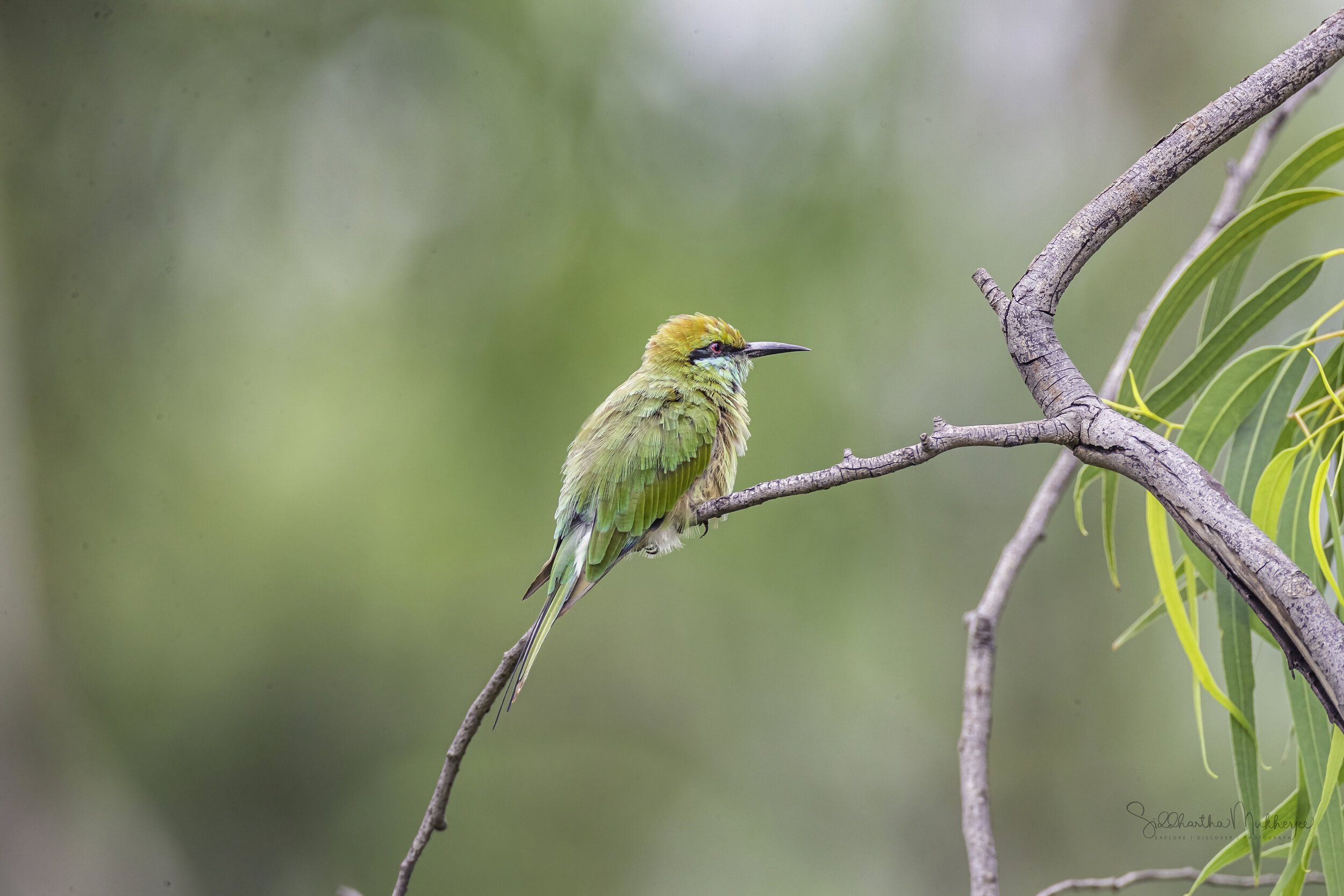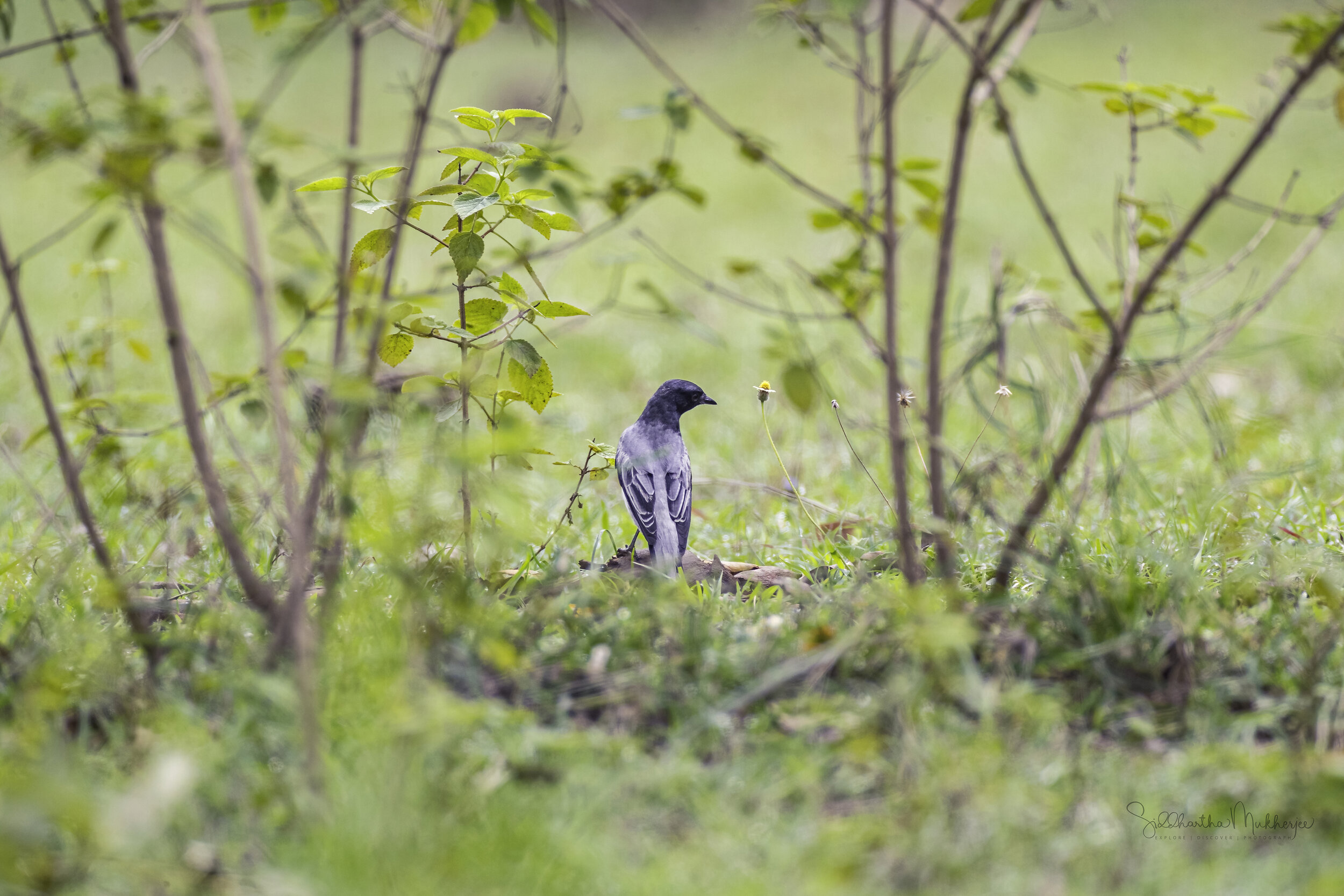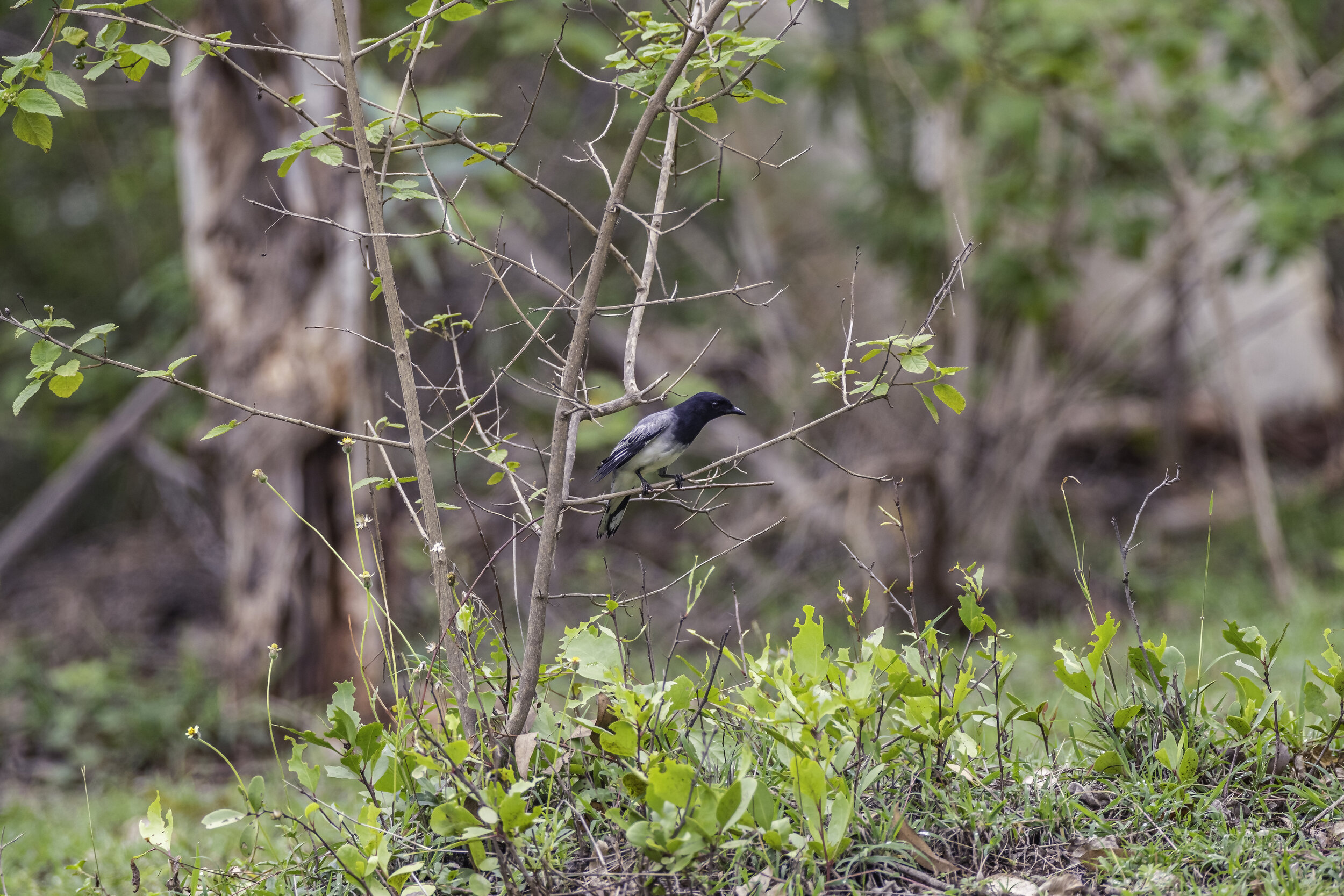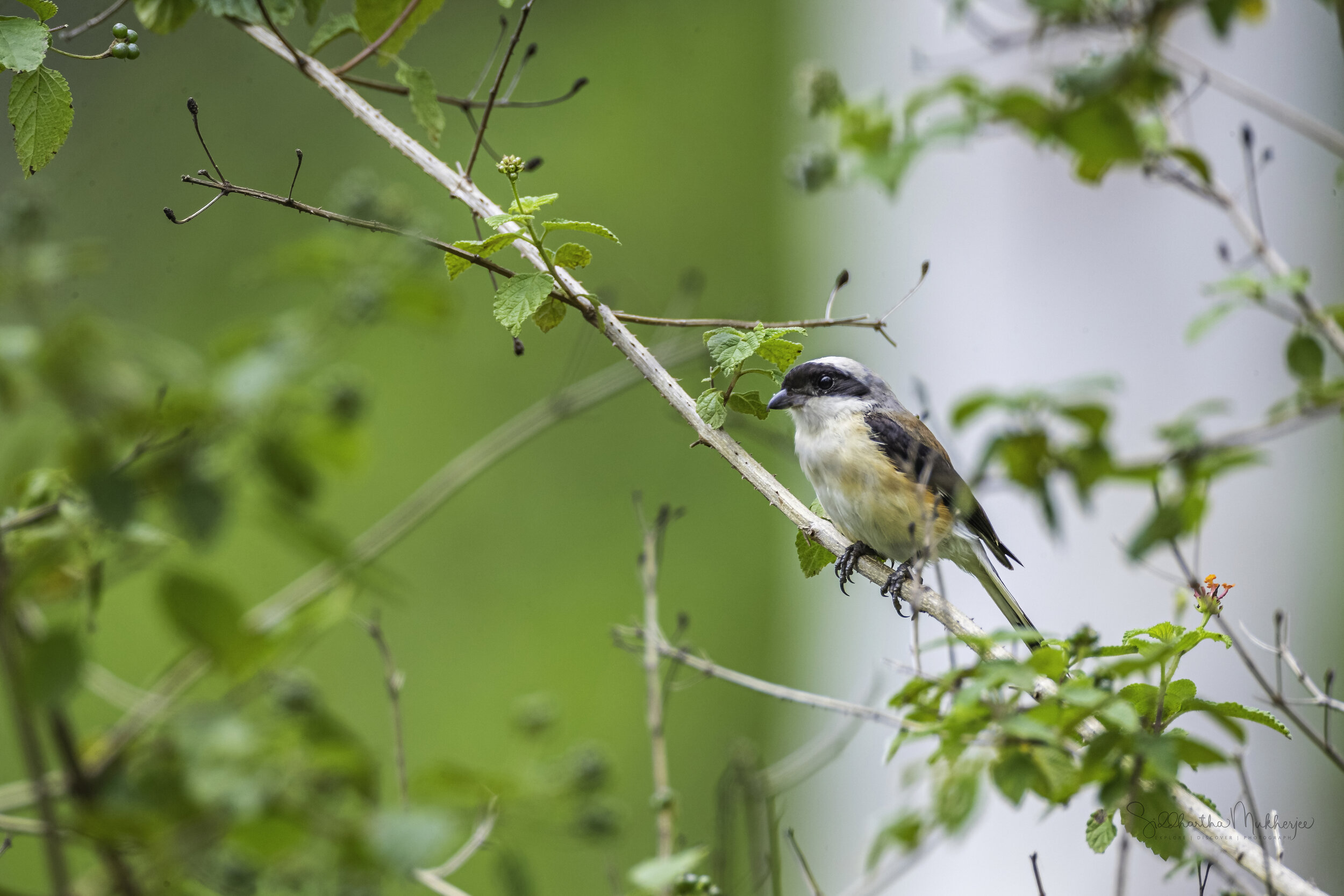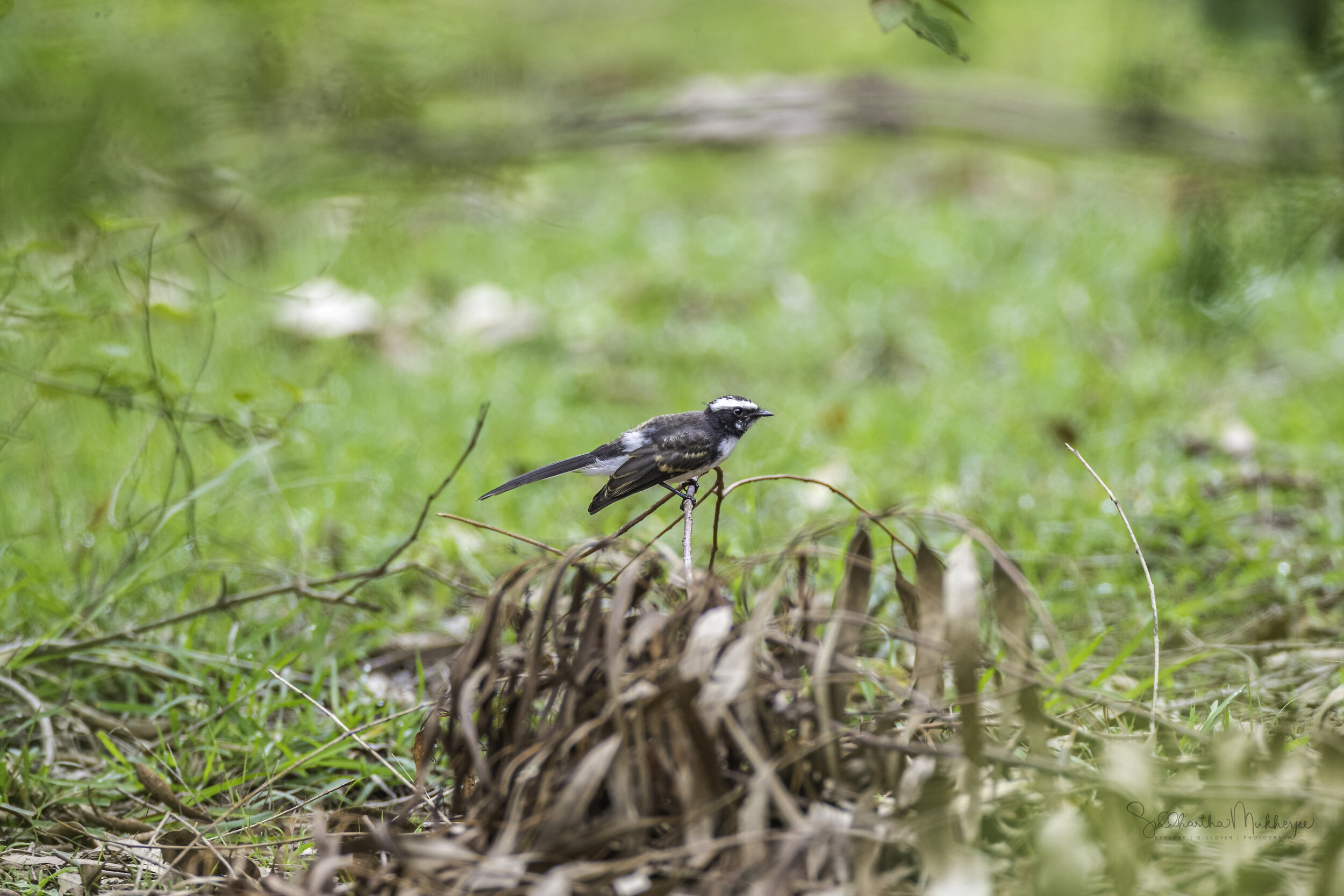Bird Watching or Twitching
A wild bird interlude near Zaheerabad
I and almost all my friends doing wildlife photography have invariably started with photographing birds. Birdwatching can bring a lot of joy, peace, and relaxation to any wildlife enthusiast, and provide a sense of excitement when seeing something new. While stamp collectors collect stamps, and coin collectors collect coins, the bird watcher collects something even more sentimental to them; they collect experiences and memories.
Every experience of seeing a new bird provides a rush to the birder that one can only feel by doing something they love. It’s a great form of recreation for people of all ages and always provides an opportunity to learn something new, whether that be about birds, about animals, or even just about the great outdoors. Every single time I have headed out into the wild I have always returned with something new learnt.
But why am I on this topic to begin with. This “rant“ is driven by the behaviour I have seen during my bird watching outings in the recent past. I have seen so called “birders” chase a seasonal migrant almost out of its natural habitat and territory. I have seen so called “birders“ trample through the understorey, destroying already fragile grasslands, not to mention the amount of noise they were making in an attempt to “track” down the bird. I have seen people taking their “4 wheel drives“ to test it out onto fragile habitats ruining the meadows and in one instance crushing a nest of a ground bird.
One of my favourite birding locations, once with an abundance of perches for photographs from close proximity, completely ruined because so called “bird photographers“ wanting a “Nat Geo” shot with a clean background and have broken the under- and mid-storey branches to have a clean perch. Someone even told me “those branches were removed because they were blocking the light“. Say what now??? Yet another instance where a “birder“ moved the nest of the bird so he could get better light on it for his photograph. Moved the nest???
All of this in the name of loving nature and wildlife but in reality for the sake of some likes on social media platforms. Anyway, getting back to bird watching and twitching.
The world of birdwatching can sometimes feel like an entirely new world of its own, complete with a variety of animals that one never thought one ever would have seen in their lifetime. Furthermore, it is accompanied by its own jargon which at times and especially for someone just starting out can be very intimidating. There is also a new dialogue, as well as a new vocabulary that comes with being a birdwatcher. Some of these new words, which you may have never heard before, include “birder” and “twitcher.”
So, what is the difference between a birder or bird watcher and a twitcher?
The birder is a passive birdwatcher who takes their time whilst watching birds and enjoys whatever bird comes their way, in stark contrast to the twitcher who is more active in their approach. They will waste no time, trample through the under storey and seek out a specific species of bird. There are many pros and cons to the activity of ‘bird watching’ and ‘twitching’ and important knowledge one must know to be the best ‘twitcher’ or ‘bird watcher’ that they can be.
Different people like to go birding in different ways. Some people prefer to travel lightly, bringing nothing with them except the naked eye, and maybe a trusty pair of binoculars - like my companion Easwar in the hide for the Birds on the Doi where we sat quietly in a hide and did 95 species in a few days. Others, like me, might choose to bring an assortment of heavy cameras with telephoto lenses and a heavier tripod in a rather large backpack to ensure no shot was missed.
There are many different types of binoculars to choose from when birdwatching and different optics are used to photograph different types of birds. This kind of birdwatching requires a little more expertise, usually practiced by those who can hear a bird from a mile away, sensing its call with their ears. But in this day and age, anyone can be an expert birdwatcher especially with the easy availability of bird calls and songs on mobile phones. With the many downloadable apps to choose from on a smartphone, you can find out where the birds are at all times, like your own personal tracking device. But this kind of birdwatching entails making careful notes about the birds one sees, even if it's the most common, boring bird imaginable. It entails having the greatest respect for them and making strenuous efforts to minimise disturbance when making observations. Both the binoculars and telephoto lenses facilitate getting close to the bird while remaining at distance.
In my case I almost always use extenders to ensure that I fill my frame with the bird rather than trying to creep up to a bird simply because birds and animals have far better visual and auditory senses. They can both see and hear us from farther away than we ever can.
Vision is the most highly developed and acute bird sense, and birds have a keen sense of color that is vital for finding food, choosing a mate, and more. Birds see more colours than humans in several ways. Not only are birds able to perceive the familiar rainbow of colours as well as parts of the ultraviolet (UV) spectrum that are invisible to human eyes, but they also have better visual acuity. This means birds can determine subtle differences between similar shades of color, gradations that human eyes are not able to discern. Understanding how birds see color can help bird watchers take advantage of that sense to better appreciate and attract birds. Hearing is second in importance only to vision for monitoring the world around them. Avian hearing is most sensitive to sounds from about 1 to 4 kHz, although they can hear higher and lower frequencies. No species of bird has shown sensitivity to ultrasonic frequencies (>20 kHz).
Therefore there is no way one can simply walk up to a bird wearing a bit of camouflage, unless that camouflage doesn’t reflect UV and for good measure IR. Even then the problem of sound still persists because humans simply cannot pad silently through the forest like a big cat.
But I digress.
I was on the use of smartphones by birdwatchers to help find and identify birds. These same smartphones are also a great tool for another kind of birder, the more active kind of birder; called “the twitcher.” A twitcher is a type of birder who seeks to add as many species as possible to their life list, often without detailed or long-term observation of individual birds. Instead, twitchers are often characterised as being satisfied only with achieving a confirmed identification as quickly as possible. These types of birders are regularly associated with poor birding ethics, though that generalisation does not apply universally to every twitcher and only serves to promote controversy and discord about this type of birding.
The origin of the term “twitcher” refers to the nervous, twitchy behaviour of well known British birdwatcher Howard Medhurst, who frequently traveled long distances on short notice to see rare birds. The term came into common use for birders in the 1950s and 1960s as the popularity of birdwatching increased and individuals sought to outdo one another in the numbers of birds they had seen.
Today the term twitcher is most popular in Britain and Europe, where it has fewer negative connotations. It is less frequently used to describe birders in North America or other parts of the world, but is gaining more familiarity as competitive birding grows more popular through big day races and big year goals. Furthermore, as more young birders travel internationally to see more species, the word twitcher is continuing to spread. Twitchers are willing to go to great lengths to see any bird species they haven't previously recorded, even traveling extensive distances at great expense to see a new lifer - another key word in the vocabulary of anyone who watches birds. The process of adding a new bird to the life list often starts with dedicated monitoring of local and regional birding hotlines, paying close attention to any vagrant sightings or rare bird reports. When a new bird is spotted, a twitcher will do everything feasibly possible to see it.
A twitcher does not generally devote great lengths of time to bird observation. Instead, they are content to simply identify the bird species conclusively, photograph and add it to their life list. Because twitchers often use rare bird reports or hotlines in order to plan their next birding field trip, the birds are generally already identified and confirmed for them. Once they have personally seen the bird and photographed it, they can quickly move on to the next hotspot, rather than spending additional time in the same place with little hope of seeing additional new species.
Ah yes, birdwatching is like an Olympic sport for the average twitcher, and they are always going for the gold. In fact, in some cultures, there are actually types of birdwatching competitions, in which groups of people are assigned to take photos of the birds in different areas, kind of like a scavenger hunt.
You know you are a twitcher if you have an assortment of lists to document your birdwatching which can include, but is not limited to: a life list, a county list, a provincial list, a state list, or a national list. Going birdwatching would be to sit down, enjoy a snack, watch the birds and photograph them when possible; but twitching, on the other hand, would be to actively pursue a certain type of bird, especially rare ones or seasonal migrants, which haven’t been seen before.
But not all twitchers engage in risky, unsavoury, or disreputable behaviour in order to see and/or photograph new bird species. It is unfortunate that the practice of twitching has gained a reputation for poor behaviour, and many twitchers eagerly enjoy birds in responsible, ethical, and polite ways as they add more species to their lists.
Any serious birdwatcher will take great exception to being called a twitcher. There's a world of difference between the two. Birdwatching entails making careful notes about the birds one sees, even if it's the most common, boring bird imaginable. It entails having the greatest respect for them and making strenuous efforts to minimise disturbance when making observations. These observations then contribute towards our knowledge of birds, their distribution and nesting habits. Such information as is gathered can tell us if the bird population is increasing, stable or falling and can help with their conservation.
I will conclude with some food for thought I hope. With the easy and almost constant access to mobiles and social media and with their intelligence network, the twitchers are ready to set out at the drop of a hat at any time of the day or night to travel large distances for the prospect of seeing a migrant bluethroat or broadbill or whatever. This poor bird, not normally a visitor to the area has been blown off course by a freak storm or strong winds. Already exhausted from its ordeal it finds itself unable to forage because it is surrounded and harried at every turn by hundreds of partially camouflaged individuals sporting high-powered telescopes; like a horde of press photographers fighting for a better view. The bird inevitably dies. Because this activity is extremely competitive; the aim being to have the longest list and to have seen the rarest bird, twitchers are highly stressed, nervous individuals. The very mention of some exotic avian delight, a masked finfoot for example, sends them into paroxysms. They literally twitch; hence "twitchers".
So think about how you watch the birds. Being just a little bit aware and careful will ensure the birds stay safe and keep coming back every year for more observations or lists or pictures.
The photos and videos shared here are from a recent trip to some farm and scrubland about a 100 kms away from where I am. In this case we had parked on the road and walked into the habitat but there were people who drove up in a dinky 4x4 and parked close enough to scare the birds away. The focus was on the one bird in front but they’d completely forgotten the five close behind foraging on the ground.
‡‡‡‡‡
Related Posts

